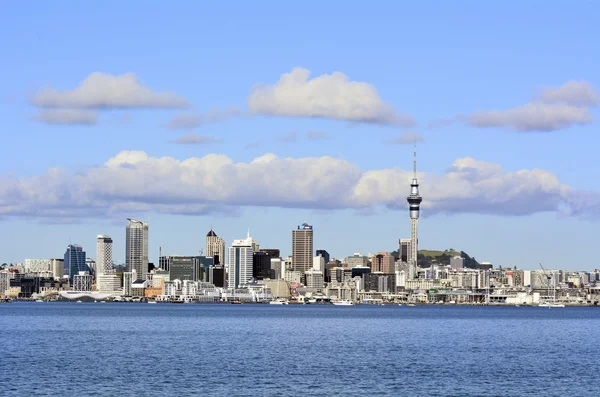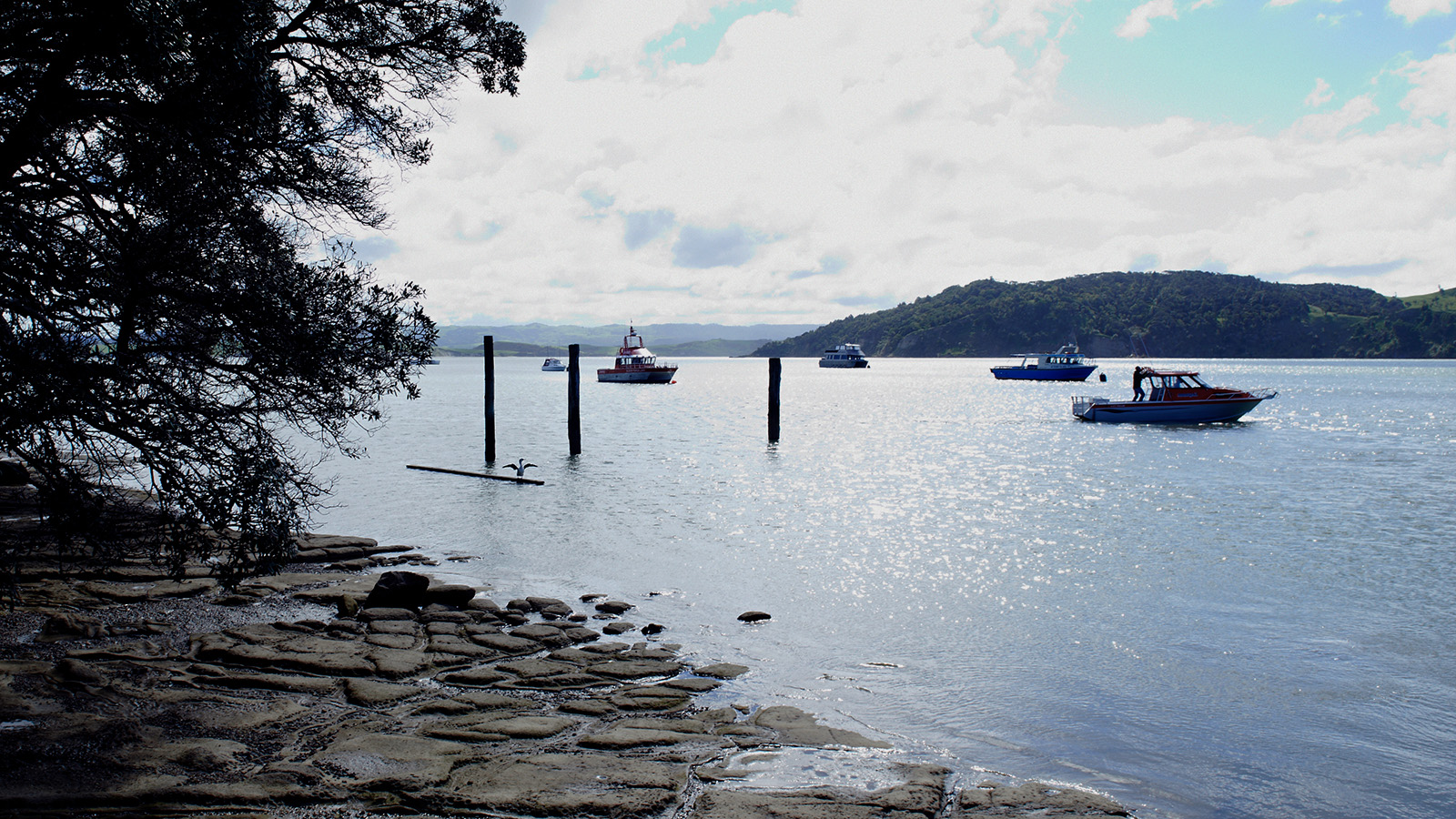Auckland's Ghost Fleet: A Growing Coastal Concern
Auckland, New Zealand, a city renowned for its stunning harbors and vibrant marine life, faces a growing environmental challenge: the 'Ghost Fleet.' This term refers to the increasing number of abandoned and derelict vessels that litter the city's coastline, posing significant threats to the delicate coastal ecosystems and creating navigational hazards. These vessels, often left to rot after their useful life, become sources of pollution and visual blight, impacting both the environment and the aesthetic appeal of Auckland's waterfront.
The problem is multifaceted, stemming from various factors including economic hardship, lack of enforcement, and the high cost of proper disposal. As these vessels deteriorate, they release harmful substances into the water, impacting marine life and potentially contaminating seafood. Addressing this issue requires a collaborative effort from local authorities, environmental organizations, and the community to implement effective solutions and prevent further degradation of Auckland's precious coastal environment.

The Environmental Impact: A Toxic Legacy
The environmental consequences of Auckland's 'Ghost Fleet' are far-reaching and detrimental. Derelict vessels release a cocktail of pollutants into the marine environment, including:
- Fuel and Oil: Leaking fuel and oil contaminate the water, harming marine organisms and disrupting the food chain.
- Heavy Metals: Vessels often contain heavy metals like lead, mercury, and copper, which can accumulate in marine life and pose risks to human health through seafood consumption.
- Asbestos and Other Hazardous Materials: Older vessels may contain asbestos and other hazardous materials that can leach into the water and sediment, causing long-term environmental damage.
- Plastic and Debris: Decaying vessels shed plastic and other debris, contributing to marine pollution and harming wildlife through entanglement and ingestion.
These pollutants can have devastating effects on marine ecosystems, impacting everything from microscopic plankton to large marine mammals. The degradation of water quality can also affect recreational activities such as swimming and fishing, impacting tourism and the local economy. The long-term consequences of this pollution can be severe, potentially leading to irreversible damage to Auckland's coastal environment.

Who is Responsible? Navigating the Legal Waters
Determining responsibility for derelict vessels can be a complex legal challenge. Often, the owners have abandoned the vessels due to financial difficulties or simply to avoid the costs associated with proper disposal. Identifying and holding these owners accountable can be difficult, especially if the vessels are unregistered or have changed hands multiple times. Auckland Council and other relevant authorities are tasked with enforcing maritime laws and regulations, but they often face resource constraints and legal hurdles in pursuing owners and removing derelict vessels.
The legal framework surrounding vessel abandonment and disposal needs to be strengthened to provide clearer guidelines and more effective enforcement mechanisms. This includes implementing stricter registration requirements, increasing penalties for abandonment, and streamlining the process for removing derelict vessels. Collaboration between local, regional, and national authorities is essential to address this complex issue effectively.

Cleanup Efforts and Solutions: Charting a Course Forward
Addressing the 'Ghost Fleet' problem requires a multi-pronged approach that includes prevention, removal, and remediation. Several initiatives are underway in Auckland to tackle this issue:
- Vessel Removal Programs: Auckland Council and other organizations have implemented programs to remove derelict vessels from the harbor and coastal areas. These programs often involve complex logistical challenges, including securing funding, obtaining permits, and safely removing and disposing of the vessels.
- Community Engagement: Raising public awareness about the issue and engaging the community in cleanup efforts is crucial. Volunteer groups and environmental organizations play a vital role in removing debris and monitoring the health of coastal ecosystems.
- Innovative Solutions: Exploring innovative solutions for vessel disposal, such as recycling and repurposing materials, can help reduce the environmental impact and create economic opportunities.
One example of a tool used in these efforts is Geographic Information System (GIS) software, which helps map and track the location of derelict vessels, assess their environmental impact, and plan removal operations. Furthermore, services like marine salvage companies are often contracted to safely remove the vessels.
| Initiative | Description | Impact |
|---|---|---|
| Vessel Removal Program | Council-led initiative to remove abandoned boats. | Reduces pollution and navigational hazards. |
| Community Cleanups | Volunteer events to remove debris from shorelines. | Increases awareness and removes plastic waste. |
| Recycling Initiatives | Efforts to recycle boat materials. | Minimizes landfill waste and promotes sustainability. |

Preventing Future Ghost Fleets: A Call to Action
Preventing the formation of future 'Ghost Fleets' requires a proactive approach that addresses the root causes of vessel abandonment. This includes:
- Strengthening Regulations: Implementing stricter regulations on vessel ownership, registration, and disposal.
- Incentivizing Responsible Disposal: Providing financial incentives for owners to properly dispose of their vessels.
- Promoting Education: Educating boat owners about the environmental consequences of vessel abandonment and the importance of responsible disposal practices.
- Enhancing Enforcement: Increasing enforcement of maritime laws and regulations to deter vessel abandonment.
Ultimately, addressing Auckland's 'Ghost Fleet' problem requires a collective effort from all stakeholders, including government agencies, environmental organizations, the maritime industry, and the community. By working together, we can protect Auckland's precious coastal environment and ensure a sustainable future for generations to come. Consider supporting local environmental groups or participating in community cleanup events to make a difference.
You can also use tools like the Auckland Council's 'Report a Problem' service to report any derelict vessels you encounter, contributing to the monitoring and management of this issue.

Let's work together to protect Auckland's beautiful coastline and ensure a healthier future for its marine life. Who said Auckland is boring? 😊
-JAFA
Comments
Post a Comment